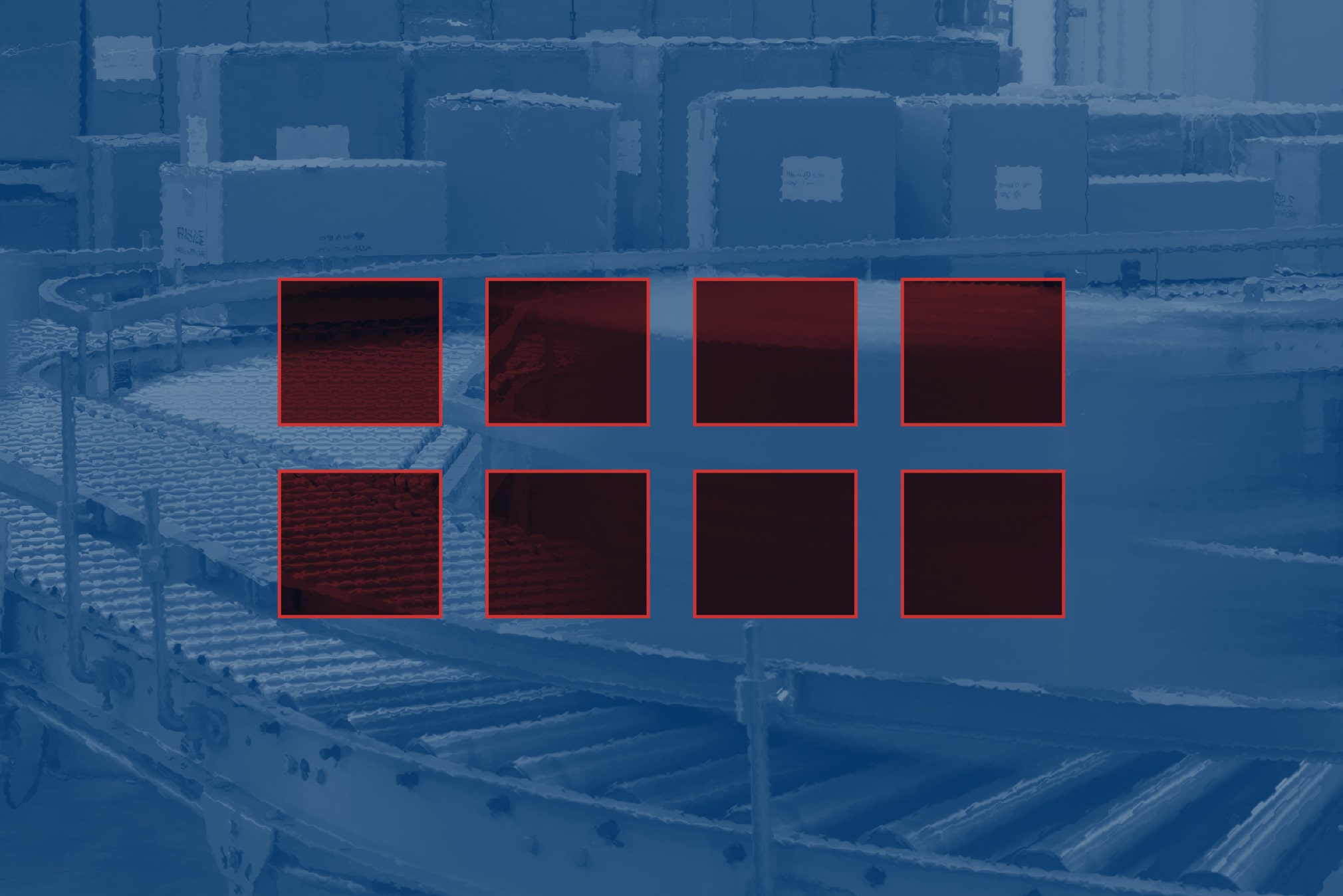More than 100 people die from opioid overdoses each day in the United States, and the opioid crisis is affecting nearly every American community. With a problem this big, it makes sense to identify multiple angles and pursue many solutions. One way to think about the problem and its possible solutions is to divide it into two issues: supply (prescription and trafficking) and demand (treating pain, addiction, and overdose).
On the supply side, international mail is one way that illegal opioids enter the country, and improved detection could help intercept the flow of deadly drugs. Illicit opioids are commonly transported in nearly pure, powdered form; large-scale drug trafficking can occur via very small packages sent in the mail.
Could cutting-edge technologies be used to detect illicit opioids without disrupting the flow of mail? The Opioid Detection Challenge — a $1.55 million global prize competition from the U.S. Department of Homeland Security (DHS) Science and Technology Directorate (S&T) — wants to answer that question. And when viability is mission critical, ideas alone are not enough. The challenge, designed and produced by Luminary Labs through a contract with the NASA Tournament Lab, is meant to both surface novel plans and help make them real.
The Opioid Detection Challenge received submissions from domestic and international solvers with expertise in a range of different technologies — from machine learning to hyperspectral imaging to X-ray diffraction. Eight finalists, announced this week, will each receive $100,000 in cash prizes and advance to a 14-week prototyping accelerator, during which they will work closely with S&T, U.S. Customs and Border Protection, and the U.S. Postal Inspection Service to develop their plans into testable prototypes. Government and industry mentors will provide tailored support to the finalists on topics such as the inspection process, trace detection, artificial intelligence, and user design. At the end of the accelerator, teams will convene for a live testing event on-site at a government facility. The challenge will award one $500,000 grand prize and one $250,000 runner-up prize.
Learn more about the finalists and subscribe to the challenge newsletter for updates.

